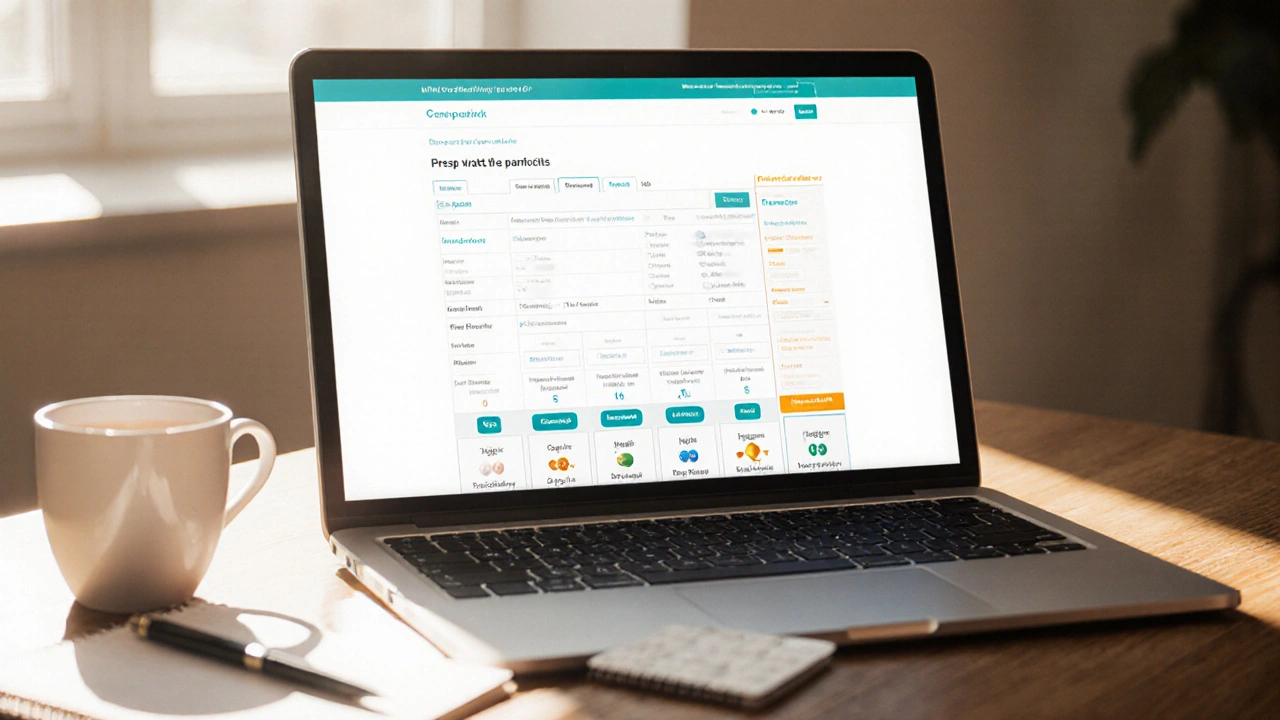
Modaheal vs Alternatives: Modafinil Comparison Guide 2025
A detailed 2025 guide comparing Modaheal (Modafinil) with top alternatives, covering efficacy, safety, cost and best-use scenarios.
When looking at Modafinil vs armodafinil, a side‑by‑side look at two prescription wake‑promoting drugs used for sleep‑related disorders and off‑label cognition boost. Also known as modafinil comparison, it helps clinicians and everyday users decide which option fits their needs. Both drugs belong to the same class, but they aren’t interchangeable twins. Modafinil vs armodafinil encompasses differences in half‑life, mechanism, and approved indications, and those details drive everything from dosage timing to cost.
First, consider the primary condition you’re treating. Narcolepsy, a chronic neurological disorder marked by overwhelming daytime sleepiness is an FDA‑approved indication for both drugs, yet armodafinil’s longer half‑life often means once‑daily dosing for smoother coverage. For people who work irregular hours, Shift work sleep disorder, a circadian‑rhythm misalignment affecting night‑shift employees can benefit from the drug that matches their sleep‑wake schedule best. If you need a short‑acting boost for a specific task, modafinil’s slightly shorter duration may feel more controllable.
Second, look at the pharmacology. Pharmacology, the study of how drugs interact with the body dictates that armodafinil is the R‑enantiomer of modafinil, meaning it contains only the active molecule. This purity gives armodafinil a more predictable plasma level, which in turn reduces the chance of trough‑related fatigue. Modafinil, a racemic mixture, can produce slightly more variable blood concentrations, something to watch if you’re sensitive to spikes.
Third, side‑effects matter. Common complaints—headache, nausea, anxiety—appear in both, but armodafinil’s smoother curve often translates to fewer nighttime awakenings. On the flip side, some users report a milder “edge” with modafinil, which can be preferable for tasks that require quick mental sharpness. The decision also hinges on personal health factors: liver function, concurrent medications, and even genetic differences in drug metabolism can tip the scales.
Beyond medical uses, many people chase the cognitive boost angle. Cognitive enhancement, the use of substances to improve attention, memory or executive function is a hot topic in tech and academia. Both drugs increase dopamine signaling modestly, but armodafinil’s steadier level may support longer periods of focused work without the jitter some report from modafinil. Still, the legal status of off‑label use varies by country, so always check local regulations.
Finally, cost and insurance coverage shape real‑world choices. Modafinil is now generic in many markets, making it cheaper for long‑term therapy. Armodafinil, still under brand names in several regions, can carry a premium, though some insurers treat them similarly. When budgeting, weigh the price difference against the potential need for dose adjustments or extra monitoring.
All these pieces—condition, pharmacology, side‑effect profile, cognitive goals, and price—interlock to form a decision matrix. Understanding how each factor relates to the other helps you choose the wakefulness agent that aligns with your life, rather than letting the name alone dictate the pick.
Below you’ll find a curated list of articles that dig deeper into each of these angles. Whether you’re a patient, a clinician, or just curious about how these drugs stack up, the posts break down dosing tips, real‑world experiences, and the latest research. Dive in to see which side of the comparison resonates with your needs.

A detailed 2025 guide comparing Modaheal (Modafinil) with top alternatives, covering efficacy, safety, cost and best-use scenarios.